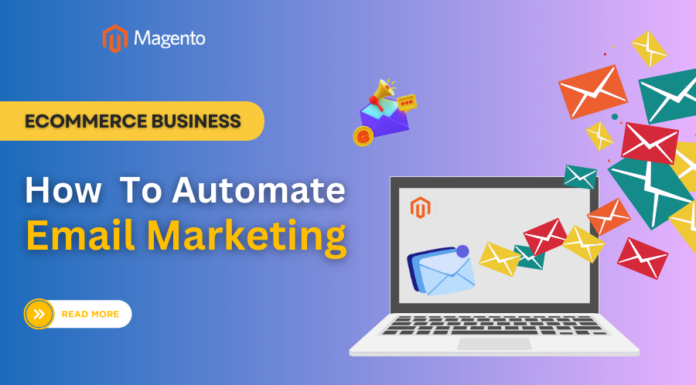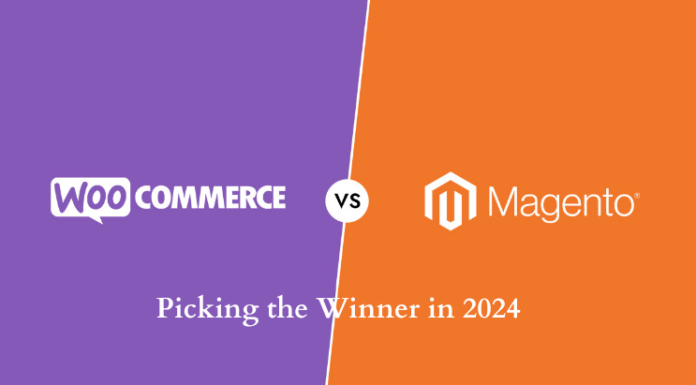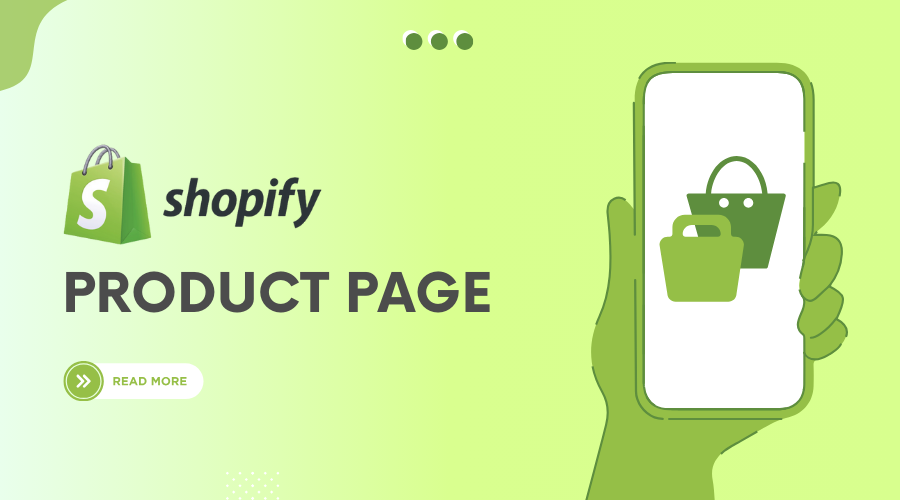
If your business has struggled to hit sales goals on your Shopify store, you’re not alone. Shopify optimization is a process and every organization has to start from wherever they are.
The good news is that getting better-than-average Shopify product pages for your organization is easier than you think. Focusing on a few simple steps will make a big difference in the effectiveness of your Shopify product pages.
Keep reading. This article will show you how to turn product pages into customer magnets!
Table of Contents
I. Shopify Product Pages: The Basics
Shopify product pages let online shoppers investigate items before making a purchase. A product page should display the product name and provide images, a description, pricing, and customer reviews. In short, it should give shoppers everything they need to know about an item before they make a decision.
A Shopify agency can help you by suggesting design tweaks and optimization strategies that will improve your store’s overall performance.
A page’s layout should be easy to navigate. Using a Shopify product page template can help to ensure your visitors enjoy a streamlined shopping experience.
II. Elements of High-Converting Shopify Product Pages
If building high-performing product pages is a process, then you need to know how to get started. The first step is getting to know each of the key components of a Shopify product page. Each element gives you an opportunity to make changes that drive increases in sales.
2.1. Product Name
There’s an art to choosing names for Shopify products. You have to keep it simple so shoppers can recognize when they’ve found what they’re looking for. It’s just as important to capture how the product solves a problem or improves a customer’s life.
At the same time, you must use keywords in the names you give Shopify products to boost a page’s visibility on search engines. It’s important to know that your product pages will show up when customers search for products like yours.
2.2. Product Images
Images give customers a better feel for a product when they are considering a purchase. Making shoppers feel more confident about their choices will improve your store’s conversion rates.
Ensure each product has multiple images. Include close-up shots to highlight details. Keep backgrounds clean and lighting consistent for a cohesive look that enhances your brand’s image. Great images help to reduce doubts and encourage quick decision-making.
- Product Description
A compelling description will grab customers’ attention and fuel their desire to buy. Use clear, simple language that highlights what makes your product special.
Focus on benefits that directly impact buyers, such as how it will improve their lives. Include specific details to tip the scales toward a purchase.
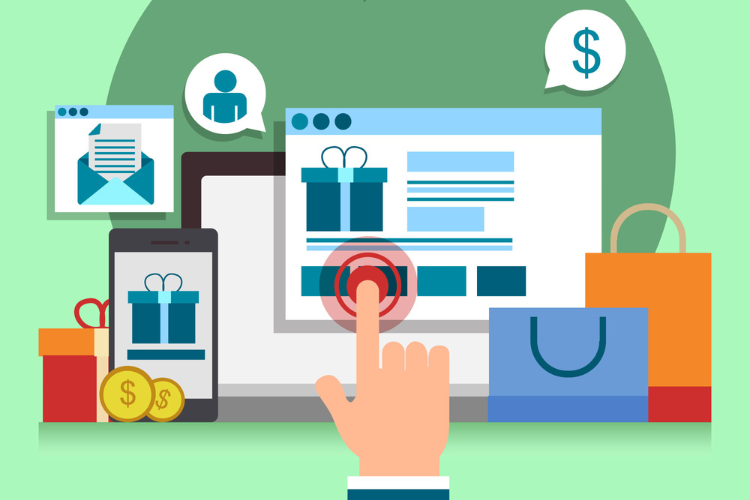
- Product Videos
Videos offer a more dynamic look at your products, making it easier for shoppers to understand the features and benefits.
Create product videos that are clear, concise, and informative to build trust with your audience and help customers make purchasing decisions.
2.3. Add-to-Cart CTA
The Add-to-Cart CTA (Call to Action) serves as a clear invitation for shoppers to take the next step. The placement, color, and size of buttons ensure they stand out to encourage more clicks and conversions.
Effective Add-to-Cart CTAs take more than visual appeal. They take an understanding of consumer psychology. Words like “Buy Now” or “Add to Basket” can evoke different responses. Test various calls-to-action to identify which phrases lead to higher conversion rates.
2.4. Shipping and Returns Information
When a customer is confident that your product is the one they want, their next questions will be about shipping and returns. Clear policies build trust that will significantly boost conversion rates.
Make shipping options, costs, and estimated delivery times easy to find. If you offer free shipping or special conditions for returns and exchanges, highlight that information prominently.
Detailing your return policy reduces hesitation. Providing customers with straightforward information about what they can expect after a purchase reassures them of their decision and encourages future transactions.
2.5. Customer Reviews
Satisfied customers can boost your Shopify product pages. When other shoppers read through feedback from previous buyers they can gauge the quality and performance of your products.
Include a section for customer testimonials and encourage customers to leave reviews by sending follow-up emails or offering incentives. Display evaluations prominently on your product pages. Ensure the customer reviews section is easy to find and navigate to allow shoppers quick access.
2.6. FAQ Section
An FAQ Section answers the most common questions shoppers might have about your products. Adding this section can significantly boost confidence in your buyers, encouraging them to complete their purchases.
Save customers time by answering their questions without making them contact customer service. This approach enhances user experience and reduces the workload on your customer support team.
III. Tips for Creating Effective Shopify Product Pages
These practical tips will make your pages irresistible to shoppers.
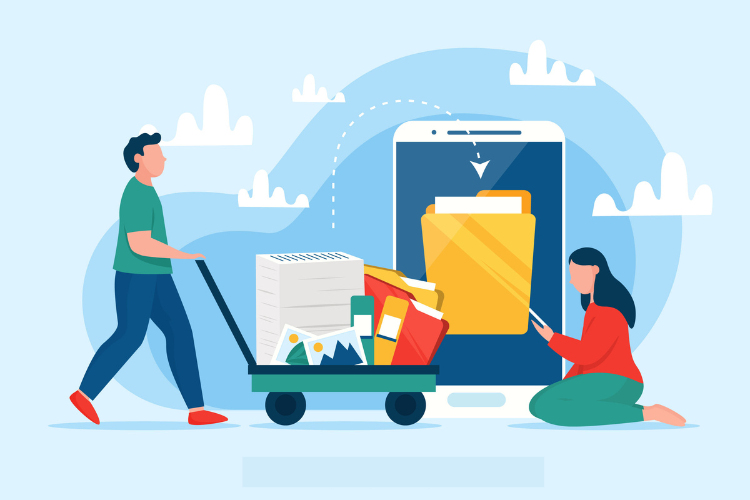
3.1. Keep it Simple and Visually Appealing
Simplicity in design goes a long way on Shopify product pages. Visitors prefer straightforward layouts that make finding information easy. Use clean lines and ample white space. Limit the number of colors to maintain focus on your products.
Visual appeal grabs attention and keeps it. High-quality images showcase your products’ details and well-chosen fonts make reading descriptions enjoyable. A consistent theme across your Shopify site creates a memorable brand identity that captivates shoppers.
3.2. Use Persuasive Language
Craft powerful product descriptions that convince visitors to make a purchase. Highlight the unique benefits of your products by using vivid words to paint a picture in the shopper’s mind. Show how your product solves problems or enhances lives.
Use action verbs and engaging phrases that create a sense of urgency or exclusivity to encourage immediate buying decisions. Inject testimonials or snippets from reviews to show real-life satisfaction from previous buyers.
3.3. Highlight Features and Benefits
Showcase your product’s features and benefits. Detail every feature your product offers and explain how these make a difference in the customer’s life.
Ensure each benefit connects emotionally with potential buyers. People buy solutions to their problems more eagerly. This approach to product descriptions turns basic features into compelling reasons to buy.
3.4. Implement Social Proof
Social proof comes in many forms, such as customer reviews, testimonials, and user-generated content like photos and videos from customers who have purchased your products. These elements show potential buyers that others have bought your products and that they are happy with their purchases.
Including social proof on Shopify product pages can significantly boost conversions. This builds trust and reduces the perceived risk of buying something online.

Pro Tip: Empower your product pages even further with ReferralCandy by automating referral link generation, track rewards, and turn happy customers into your best marketers.
Including social proof on Shopify product pages can significantly boost conversions. This builds trust and reduces the perceived risk of buying something online.
3.5. Optimize for Mobile
Most shoppers use their mobile devices to browse and buy products online. Make sure your product pages load quickly, images appear clear, and text is easy to read on smaller screens. Use responsive design so your content adjusts automatically to fit the device’s screen size.
Shopify optimization for mobile devices improves the shopping experience for mobile users, making them more likely to make a purchase.
Conclusion
Crafting high-converting Shopify product pages is pretty straightforward with the right approach. Focus on enhancing each element, from enticing product names to informative customer reviews.
Make pages shine by seamlessly blending simplicity, persuasive language, and social proof. Effective visuals and descriptions play a key role in turning visitors into customers.
Prioritize these Shopify optimization strategies to set the stage for increased conversions and success with your online store.
Author Bio
| Stefan Tasevski is a SEO specialist working at HUEMOR, an award-winning web design agency, and a big sports enthusiast. When he is not around his laptop looking for technical SEO issues and doing content strategies, you can find him on a tennis court or at the nearby mountain. |
Read more:
- 1. 2024 Latest Trends In Magento 2 Extensions: All Things You Need To Know
- 2. 100% OFF: 20+ Free Extensions For Magento 2 In 2024
- 3. Navigating the Future: Key Magento eCommerce Trends Set to Dominate 2024












![[SALE OFF] Discount 30% All Premium Extensions On Christmas And New Year 2025 christmas-and-new-year-2025](https://landofcoder.b-cdn.net/wp-content/uploads/2024/12/christmas-and-new-year-2025-1-218x150.png)




